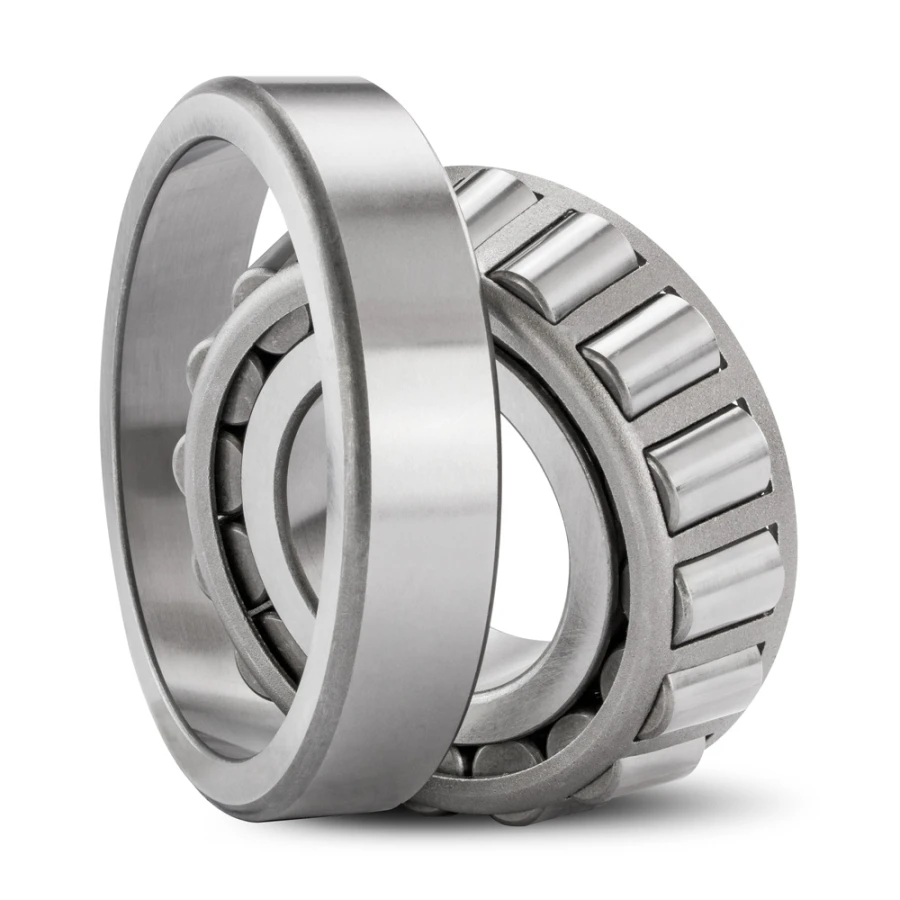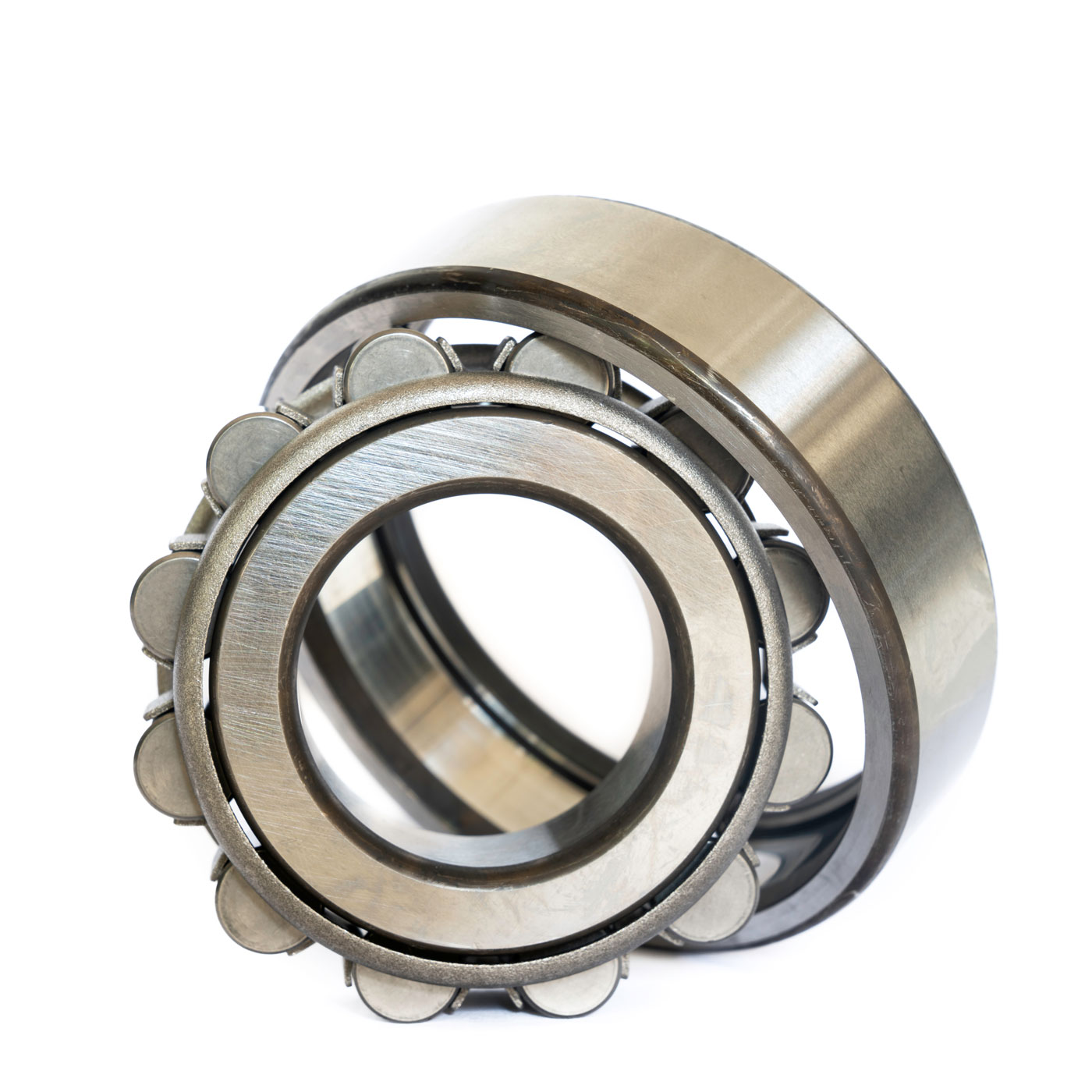What are the Steps for Proper Installation and Alignment of Tapered Roller Bearings?
Proper installation and alignment of tapered roller bearings are essential to ensure optimal performance, reliability, and longevity. Incorrect installation can lead to premature wear, reduced efficiency, and even catastrophic failure. Here are the steps to follow for the correct installation and alignment of tapered roller bearings:
- 1. Clean and Prepare the Components:
Thoroughly clean the bearing components, including the bearing housing, shaft, and associated parts. Remove any dirt, debris, or old lubricant that could impact the bearing’s operation.
- 2. Choose the Correct Tools:
Use appropriate tools and equipment for the installation, such as bearing heaters for controlled heating and proper fit. Avoid using excessive force or striking the bearing directly, as this can damage the components.
- 3. Inspect the Bearings:
Before installation, visually inspect the tapered roller bearings for any signs of damage or defects. Ensure that the rollers and raceways are clean and free from contaminants.
- 4. Apply Lubrication:
Apply the recommended lubricant to the rollers, raceways, and other bearing components. Proper lubrication is crucial for reducing friction, dissipating heat, and preventing premature wear.
- 5. Mount the Bearings:
Mount the bearings onto the shaft or into the housing using appropriate methods. Avoid applying excessive force directly to the bearing components, as this can lead to damage. Utilize specialized tools like bearing pullers and press tools if necessary.
- 6. Ensure Proper Alignment:
Proper alignment is critical to prevent excessive loads, misalignment, and premature wear. Use precision measurement tools to ensure the bearing is aligned with the shaft and housing within specified tolerances.
- 7. Apply Controlled Heat:
If necessary, apply controlled heat to the bearing components to aid in expansion and facilitate proper fit. Ensure that the heat is applied uniformly to avoid distortion or damage.
- 8. Use Adequate Preload:
If specified for your application, apply the appropriate axial preload to eliminate internal clearance and optimize load distribution among the rollers.
- 9. Secure Bearings:
Secure the bearings in place using locking mechanisms, such as locknuts, to prevent unintended movement and ensure proper retention.
- 10. Verify Fit and Function:
After installation, verify that the bearings are properly seated, aligned, and functioning as intended. Rotate the shaft to ensure smooth operation and absence of unusual noise or vibration.
- 11. Document the Installation:
Keep a record of the installation process, including alignment measurements, preload values, and any relevant notes. This documentation can aid in future maintenance and troubleshooting.
Proper installation and alignment are essential to achieving optimal performance and longevity from tapered roller bearings. Following these steps ensures that the bearings operate smoothly and reliably within their intended applications.
Can cylindrical roller bearings be used in both radial and axial load applications?
Yes, cylindrical roller bearings are capable of supporting both radial and axial loads. They are designed to handle primarily radial loads but can also withstand certain axial loads depending on the bearing’s configuration and design features. Let’s delve into the details:
- Radial Load Capacity:
Cylindrical roller bearings are primarily designed to carry radial loads, which are perpendicular to the shaft’s axis. The cylindrical rollers distribute the load evenly along their length and transmit it to the raceways. The rings of the bearing, both the inner and outer rings, provide structural support and maintain the position of the rollers. The cylindrical shape of the rollers enables efficient load distribution, making cylindrical roller bearings suitable for applications with significant radial loads.
- Axial Load Capacity:
While cylindrical roller bearings are primarily designed for radial loads, they can also accommodate certain axial loads depending on their specific design features. There are different types of cylindrical roller bearings that offer varying degrees of axial load capacity:
- Single-row cylindrical roller bearings:
These bearings can accommodate limited axial loads in one direction. The axial load-carrying capacity is determined by the bearing’s internal design, including the shoulder and rib configurations on the inner and outer rings. Single-row cylindrical roller bearings with a full complement of rollers, where the cage is removed, can provide higher axial load capacity at the expense of reduced speed capability.
- Double-row cylindrical roller bearings:
Double-row cylindrical roller bearings have increased axial load-carrying capacity compared to single-row bearings. They can support axial loads in both directions and are often used in applications where combined radial and axial loads are present. Double-row cylindrical roller bearings have additional features such as increased rib height, modified internal clearance, or a different cage design to enhance their axial load-carrying capability.
- Multi-row cylindrical roller bearings:
Multi-row cylindrical roller bearings, such as four-row or six-row designs, offer even higher axial load capacity. These bearings are commonly used in heavy-duty applications where extremely high radial and axial loads need to be accommodated, such as rolling mills, crushers, or gearboxes.
It’s important to consider the specific load requirements of the application when selecting cylindrical roller bearings. Factors such as the magnitude and direction of the loads, the bearing’s speed capability, and any potential misalignment should be taken into account to ensure the bearing is properly sized and can handle the anticipated loads.
In summary, while cylindrical roller bearings are primarily designed to carry radial loads, they can also support certain axial loads depending on their design. Single-row, double-row, and multi-row cylindrical roller bearings offer varying degrees of axial load capacity, allowing them to be utilized in applications with combined radial and axial loads.
Can you explain the design and structure of cylindrical roller bearings?
Cylindrical roller bearings have a specific design and structure that enables them to handle high radial loads and moderate thrust loads. Let’s explore the key components and features of cylindrical roller bearings:
- Inner and Outer Rings:
The inner and outer rings of cylindrical roller bearings are typically made of high-quality bearing steel. The inner ring is mounted on the rotating shaft, while the outer ring is usually mounted in a stationary housing. The rings are precision-machined with raceways that serve as the contact surfaces for the cylindrical rollers.
- Cylindrical Rollers:
Cylindrical rollers are the main load-carrying components of the bearing. They are cylindrical in shape and have a high length-to-diameter ratio. The rollers are precision-ground to ensure close tolerances and uniform size distribution. The large contact area between the rollers and the raceways allows for efficient load distribution and reduced stresses.
- Cage:
A cage, also known as a separator, is used to keep the cylindrical rollers evenly spaced and prevent them from coming into contact with each other. The cage is typically made of steel or other materials such as brass or polyamide (nylon). It provides guidance and retains the rollers in position during operation, ensuring smooth rolling motion and preventing roller skewing or jamming.
- Flanges:
Cylindrical roller bearings may have flanges on the inner or outer rings or both. Flanges are raised edges or shoulders that provide axial guidance and help in locating the bearing in the axial direction. The presence of flanges can also improve the overall rigidity and axial load-carrying capacity of the bearing.
- Internal Clearance:
The internal clearance of cylindrical roller bearings refers to the space between the rollers and raceways when there is no external load applied. It affects the bearing’s thermal expansion, running accuracy, and ability to accommodate misalignment or axial displacement. Different levels of internal clearance are available to suit specific application requirements.
- Lubrication:
Cylindrical roller bearings require proper lubrication to minimize friction, reduce wear, and dissipate heat generated during operation. Lubrication helps to maintain the separation between the rolling elements and raceways, preventing metal-to-metal contact and minimizing the risk of premature failure. Common lubrication methods include grease lubrication and oil lubrication.
- Sealing and Protection:
Cylindrical roller bearings can be equipped with various types of seals or shields to prevent the ingress of contaminants and retain lubrication. These seals and shields help to extend the bearing’s service life and maintain its performance by providing protection against moisture, dust, and other external factors that could cause damage or deterioration.
Overall, the design and structure of cylindrical roller bearings allow them to efficiently handle radial loads and moderate thrust loads. The combination of inner and outer rings, cylindrical rollers, cage, flanges, internal clearance, lubrication, and sealing work together to provide reliable and smooth rotational motion in machinery applications.
editor by CX 2024-04-22



